You hear a hiss, spot a little green puddle under your bumper, and dread starts creeping in. The humble radiator—often out of sight, out of mind—is suddenly in the spotlight. Here’s the thing: radiator replacements aren’t cheap, but they’re not as wallet-shattering as most people fear either. What really matters is knowing what you’ll pay, why it costs that much, and a few tricks that might save you hundreds.
What You’re Really Paying For: The Breakdown of Radiator Replacement Costs
If you ask five drivers, you’ll get five different answers about the cost of a radiator replacement. The real scoop? It usually ranges from $700 up to about $1,300 at most repair shops in 2025. Yes, that’s a wide range, but there’s logic behind the numbers.
The bill splits into two basic chunks: parts and labor. The radiator itself isn’t a one-price-fits-all part. A simple plastic-and-aluminum radiator for a compact car, like a Toyota Corolla, might cost just $200 for the part. But drive something European or turbocharged—say, a late-model BMW X3—and the radiator alone could run $600 to $1,200. Luxury cars and high-performance vehicles often have radiators with built-in sensors, extra cooling lines, or composite tanks, which ramp up the price.
Labor is the wild card. Repair shops typically charge $90 to $170 an hour in the US in 2025. Even a straightforward job usually takes two to three hours. On older cars, a mechanic might need to muscle off stubborn bolts or work around jam-packed engine bays, sending labor costs north. Expected average labor cost: $250 to $500.
Parts aren’t just limited to the radiator, either. Mechanics often recommend new hoses, clamps, or coolant flushes. Here’s a real-world breakdown for a midsize sedan in 2025:
| Item | Low Estimate | High Estimate |
|---|---|---|
| Radiator (part) | $200 | $800 |
| Labor | $250 | $500 |
| New coolant | $30 | $70 |
| Hoses & clamps | $40 | $120 |
| Total | $520 | $1,490 |
Older vehicles or pickup trucks sometimes offer a pleasant surprise: easier access under the hood can chop an hour off labor time. On the other hand, if your radiator sits behind a tangle of sensors, turbo piping, or bodywork, labor could soar. Some SUVs require the whole front bumper to come off just to slide the radiator out.
Then there’s the question of dealer vs. independent shop. Dealerships nearly always charge more, with some quoting $1,700 or higher for luxury or hybrid models. Mechanics at a neighborhood garage tend to stick closer to the parts-and-labor numbers above. Sourcing parts yourself online might save $50 to $150, but make sure you’re getting the right fit.
One surprising factor: location. If you’re in a city like San Francisco or New York, labor rates and even part prices are higher due to overhead. In smaller towns, expect figures on the lower end of the scale. In fact, according to a 2025 report by the Auto Care Association, repair bills in the US West are 23% higher on average than those in the Midwest.
Let’s not forget taxes and shop fees—usually another 6% to 12% tacked onto your final bill for things like environmental disposal or hazardous waste.
Keen on saving? You could go the DIY route, but it’s not for everyone. Newer cars can have tricky cooling system bleeding procedures, electronic fans, or sensors that make amateur radiator swaps a headache if you’re not handy.
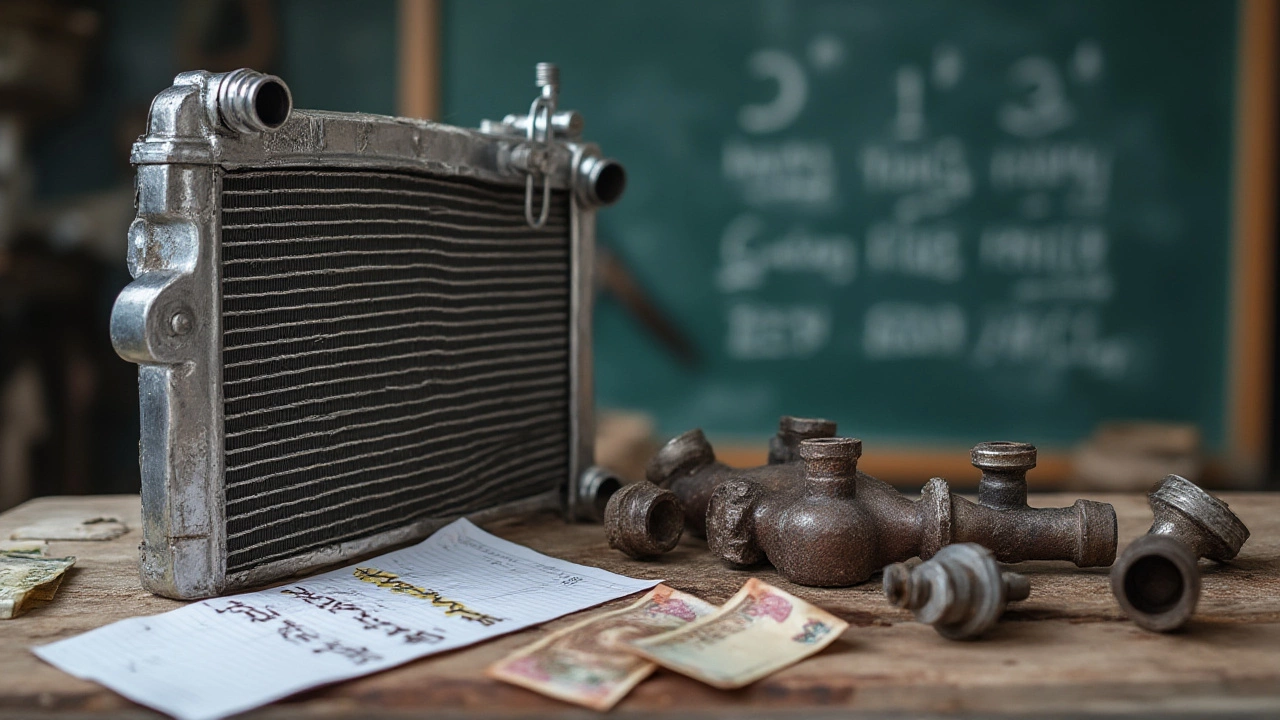
Why Radiators Fail (and How Not to Get Burned)
Here’s a fun fact: Radiators used to last the life of the car back when they were built with brass and copper tanks. In the push for cheaper, lighter cars, most automakers swapped to plastic and aluminum units. That cut weight but reduced durability. Today, the average radiator lifespan is 7 to 10 years, and that clock starts ticking the moment you hit the road.
So, why do radiators give out? The most common culprit is cracked plastic. Heat cycles—constantly going from cold to hot—make the plastic brittle over years. It’s not just age, though. Weak spots from manufacturing or road vibration can speed up failure. Coolant leaks are a dead giveaway, as is overheating—if your temp needle rockets up, don’t drive another block.
Poor maintenance is another big one. Skipping coolant changes lets rust and debris eat away at the thin aluminum tubes inside the radiator. That clogs the works and can even cause your engine to overheat. Another sneak attack comes from failed hoses or radiator caps. Even a tiny leak can drain coolant, and before you know it, you’re stranded and facing a towing bill plus your repair.
What about quick fixes? Some drivers swear by magical sealant products that promise to patch leaks from the inside. Bottom line: it’s a temporary band-aid, not a long-term solution, and it can gum up the entire system (which could make your actual repair even pricier down the road).
An often-overlooked reason for radiator problems is electrolysis. It’s an electrical current passing through coolant due to poor ground connections. You might see pitted metal or very localized leaks. Not super common, but worth knowing about—especially if you end up with mystery cracks in a newer radiator. A good mechanic checks for this if your car comes in with repeat radiator failures.
Modern European cars and hybrids can get extra complicated. Some BMWs and Volkswagens feature radiators tied into electronic sensors, automatic transmissions, or secondary cooling circuits for turbochargers. One little failure can set off a Christmas tree on your dashboard, and those parts cost a lot more to replace. Always ask your mechanic to check for additional damage to nearby parts, such as cooling fans or transmission coolers. Replacing only the radiator when other pieces are damaged could have you back in the shop in a month.
Here’s a gem from a recent Car and Driver article:
"Ignoring early signs of radiator trouble is the fastest way to ruin an engine and drain your bank account. Quick attention can be the difference between a few hundred and a few thousand dollars."
If you’re facing frequent overheating or see milky oil under the filler cap, get the cooling system checked ASAP. That could mean a blown head gasket or engine damage, which takes your bill into five-figure territory.
Want a tip? Snap a few photos of the leak and part numbers before heading to the shop. Some mechanics will happily install a high-quality aftermarket radiator if you bring it in, and you may even get a better warranty than with the OEM part.

How to Make Your Radiator (and Wallet) Last as Long as Possible
No one wants to drop a grand on a radiator more than once. But there are clever habits that really do help your radiator last longer—and keep cash in your pocket. First, flush that coolant. Every automaker has a schedule, but a good rule is every 50,000 miles or 5 years. Fresh coolant has anti-corrosion additives to keep the metal safe and the plastic from breaking down. Check your owner’s manual for your car’s specifics.
Keep an eye under the hood—literally. Once a month, take a flashlight and look for dried green, orange, or pink residue around the radiator seams, hoses, and cap. Crusty buildup here is often the first sign of a leak. Catching it early can mean a $30 hose job instead of a $900 radiator swap.
Pressure-test your system if you spot even a small drip. Mechanics can do this in minutes, and it reveals leaks before they turn ugly. You’ll save time, stress, and a whole lot of money if you’re not stranded by the side of the road.
Driving style matters, too. Long idling, towing, or hard driving in traffic all heat up the cooling system. If you’re in stop-and-go traffic for work or use your truck for hauling, your radiator works double duty. Maybe it’s time to invest in a heavy-duty or upgraded radiator—which usually isn’t much more expensive than a basic one but can mean fewer replacements down the line.
- Use the right coolant. Mixing green, orange, or "universal" coolants can cause gunk buildup. Stick with what the carmaker says.
- Replace the radiator cap if it’s more than five years old. It keeps the pressure steady and can prevent leaks.
- If your car is older, look for corrosion around the radiator mounting points. Corrosion can start leaks even if your radiator is new.
- Watch temperature gauges. If that needle jumps, pull over. Even a few minutes of overheating can do more damage than you’d think.
- Don’t cheap out on hoses and clamps. A $6 clamp or $15 hose can fail and take down your whole cooling system.
If you are stuck choosing between a brand-new OEM radiator and a quality aftermarket one, look at the warranty and return policy. OEMs sometimes offer one year, while aftermarket brands like Denso, Spectra, and Mishimoto can go as long as five years. Double-check fitment—a misaligned hose or bolt hole can turn a two-hour job into an all-day affair.
Curious if it’s time for a new radiator or if a repair will do? If you spot leaking or have overheating issues more than once, replacement is usually smarter. Patch jobs only last so long, and full replacement gets you back to normal sooner.
The silver lining to all this: once you’ve replaced your radiator and kept up with regular coolant changes, you probably won’t have to do it again for as long as you own the car. Just respect that temperature gauge, use the right fluids, and don’t ignore drips. Your engine—and your savings account—will thank you.
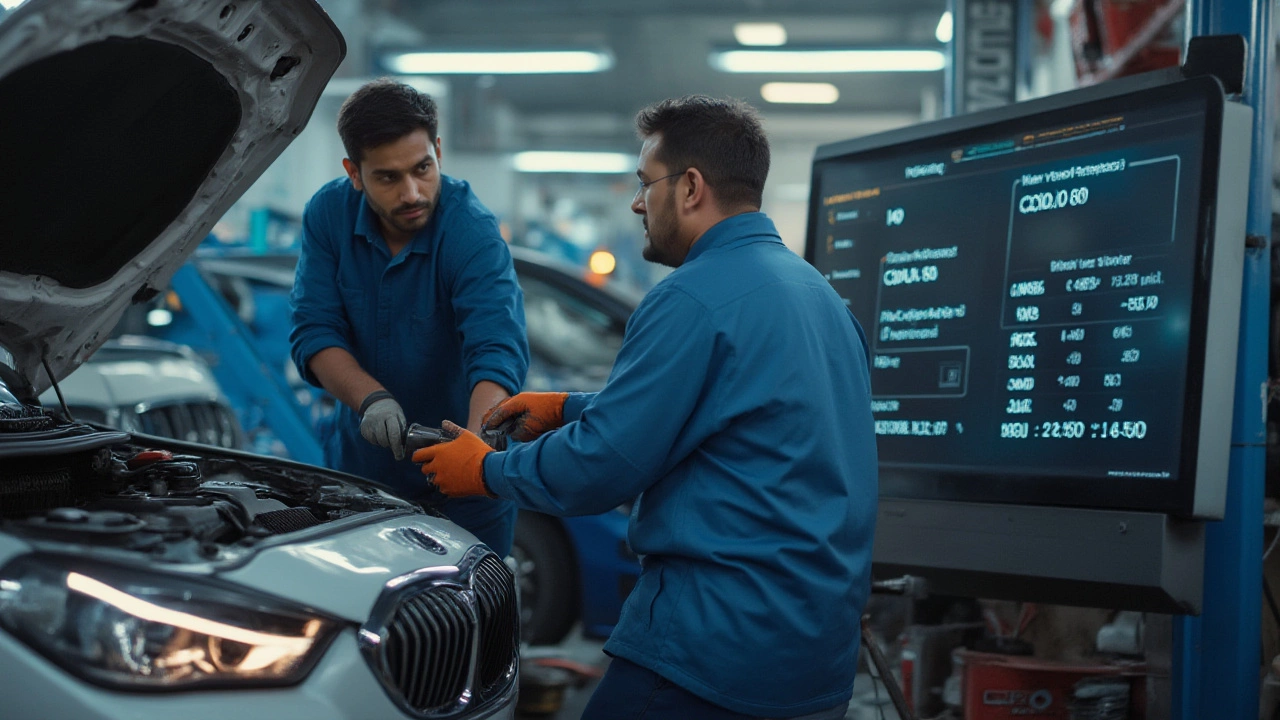
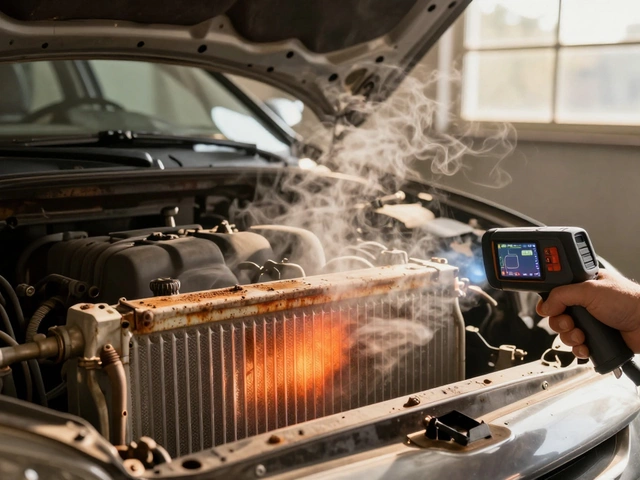
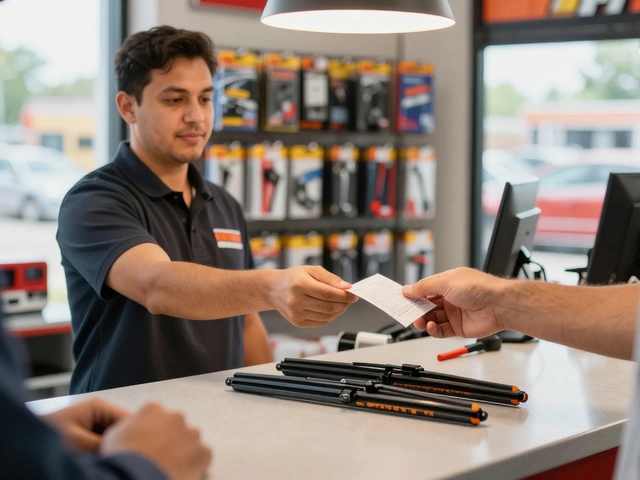
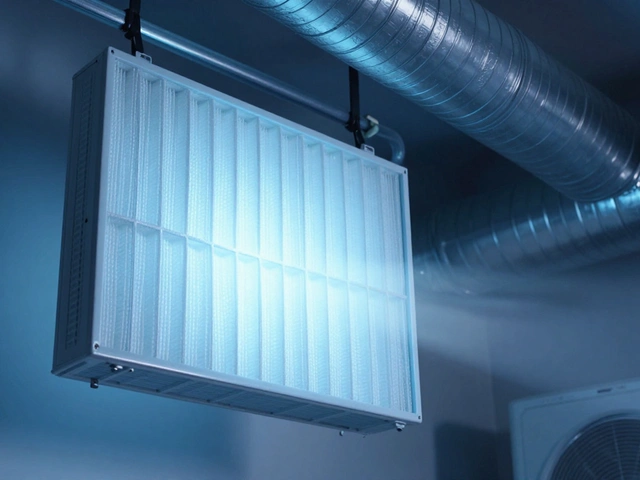
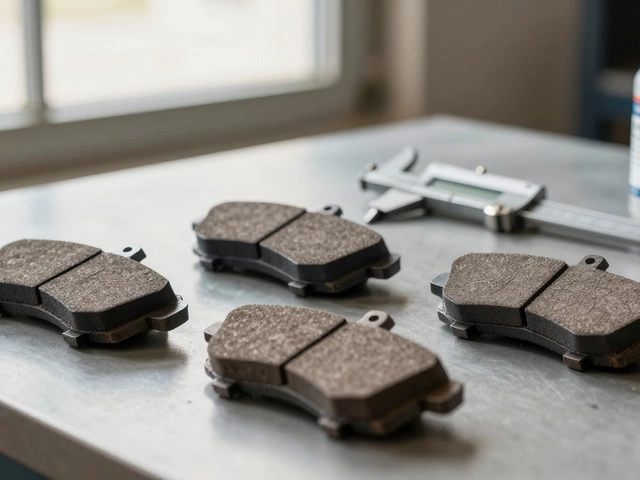
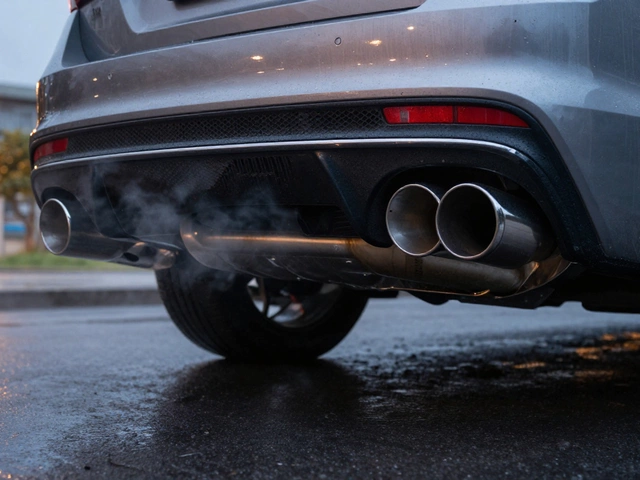
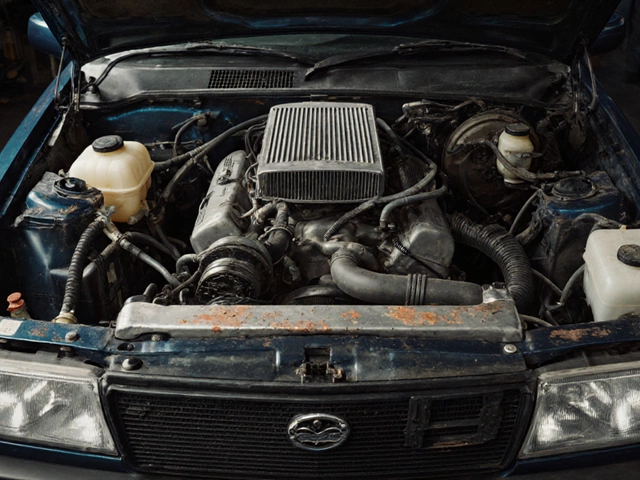

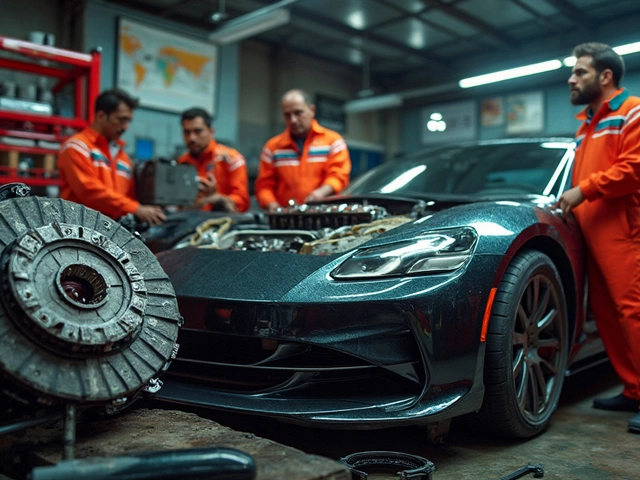


Write a comment